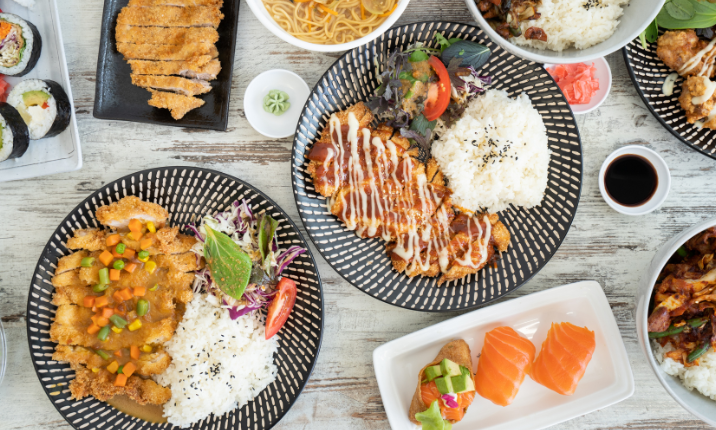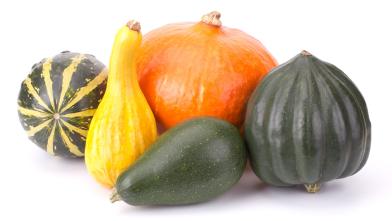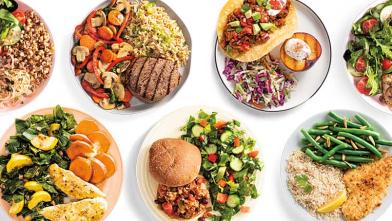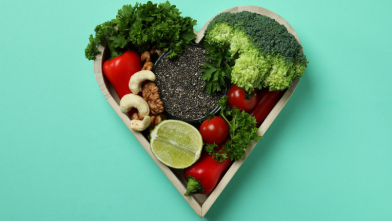Reducing Sodium
In Japanese cooking, several staple ingredients are commonly used, each with its own unique properties. Soy sauce, known as shoyu, is made from fermented soybeans, wheat, salt, and water. While traditional soy sauce adds rich flavor to dishes, it often contains high levels of sodium, making it less ideal for individuals with high blood pressure. A healthier alternative is tamari soy sauce, which is gluten-free and has reduced sodium content.
Miso paste, made from fermented soybeans, salt, and koji (fermented rice), is prized for its probiotic benefits. However, due to its high sodium levels, it's best used in moderation or in reduced-sodium varieties.
Seaweed varieties like nori, wakame, and kombu are rich in vitamins, minerals, and antioxidants. But they can also be high in sodium, so use sparingly.
Increasing Protein
Tofu, made from soybean milk, is a versatile plant-based protein source. It contains about 8 grams of protein per 3-ounce serving, making it an excellent choice for vegetarians, vegans, and those looking to increase their protein intake without consuming meat. When selecting tofu, choose extra-firm varieties when stir-frying or baking. Soft or silken tofu can be added to smoothies for an extra protein boost.
Complex Carbs
Soba noodles, made from buckwheat flour and wheat flour, offer higher protein and fiber content compared to conventional noodles like ramen. Soba also has the added benefit of essential nutrients like magnesium.
Rice is also another staple ingredient in traditional Japanese cooking. Opting for brown rice instead of white increases the fiber of your meal, which helps you feel full and results in a slower and steadier rise in blood glucose (blood sugar) levels.
Diabetes-Friendly Japanese Meal Ideas
Here are a few traditional Japanese meals that can be incorporated into a diabetes-friendly meal plan:
- Miso Soup with Tofu and Seaweed: Miso soup is a cornerstone of Japanese cuisine, cherished for its simplicity and depth of flavor. Opt for a light miso paste and include nutrient-rich additions such as tofu cubes, wakame seaweed, and non-starchy vegetables like spinach, mushrooms, and green onions. This comforting soup is both high in protein and low in carbohydrates, making it a diabetes-friendly choice.
- Sushi Rolls with Brown Rice and Fresh Fish: Sushi is perhaps one of Japan's most iconic culinary dishes, celebrated for its artful presentation and harmonious flavors. For a diabetes-friendly twist, consider using brown rice instead of white rice when making sushi rolls. Fill your sushi rolls with fresh, high-quality ingredients such as sashimi-grade fish, crisp vegetables like cucumber and avocado, and low-sodium soy sauce or tamari.
- Grilled Miso Salmon with Steamed Vegetables: Salmon, a staple in Japanese cuisine, is prized for its rich flavor and omega-3 fatty acid content, which supports heart health and reduces inflammation. For a diabetes-friendly main course, try marinating salmon filets in a mixture of low-sodium miso paste, mirin, and sake before grilling or broiling. Pair the salmon with steamed vegetables such as broccoli, carrots, and snap peas for a colorful and nutrient-packed meal.
- Tofu Stir-Fry with Brown Rice: Stir-frying is a versatile and flavorful way to incorporate a variety of ingredients into a single dish. Combine extra-firm tofu cubes with mixed veggies such as bell peppers, snap peas, carrots, and broccoli. Sauté tofu cubes in a little sesame oil until golden brown, then add vegetables. Season with garlic, ginger, and low-sodium soy sauce, and serve over a bed of steamed brown rice.
Incorporating these staple Japanese ingredients into your cooking not only enhances flavor, but also offers nutritional benefits. By making thoughtful choices and exploring healthier alternatives, you can enjoy the richness of Japanese cuisine while supporting your health and wellbeing. Whether you're craving the comforting warmth of miso soup or the satisfying crunch of a seaweed salad, there are options available to accommodate a diabetes-friendly diet.
Other Diabetes-Friendly Japanese Recipes
Japanese Chicken and Spinach Rice Bowls
This is a nourishing bowl that combines the comfort of chicken soup with the color and flavor of fresh vegetables. You can also customize the bowl to suit your preferences or what you have on hand. If you are out of brown rice you can substitute cooked quinoa, farro or whole grain couscous.
Sugar Snap Pea and Soba Salad
Tender soba noodles intertwine with crunchy sugar snap peas, creating a harmonious balance that's both satisfying and refreshing. Tossed in a zesty dressing and garnished with sesame seeds, this salad is a delightful fusion of Asian-inspired flavors, perfect for a light and nutritious meal.
Sheet Pan Miso Salmon and Sesame Bok Choy
This Asian-inspired sheet pan dinner features roasted baby bok choy and flavorful salmon marinated with miso. If you can’t find bok choy, Brussels sprouts or broccoli would work well instead. Finish off you plate with a side of brown rice or cauliflower rice for a very low carb meal.
Togarashi Tilapia & Marinated Cucumber with Miso Stir-Fried Vegetables
Togarashi (a favorite Japanese seasoning that highlights poppy seeds, dried orange peel, and more) makes for a zesty coating on flaky tilapia—perfectly matched by a bed of vegetables cooked with a savory-sweet sauce of miso paste, honey, and sesame oil.














